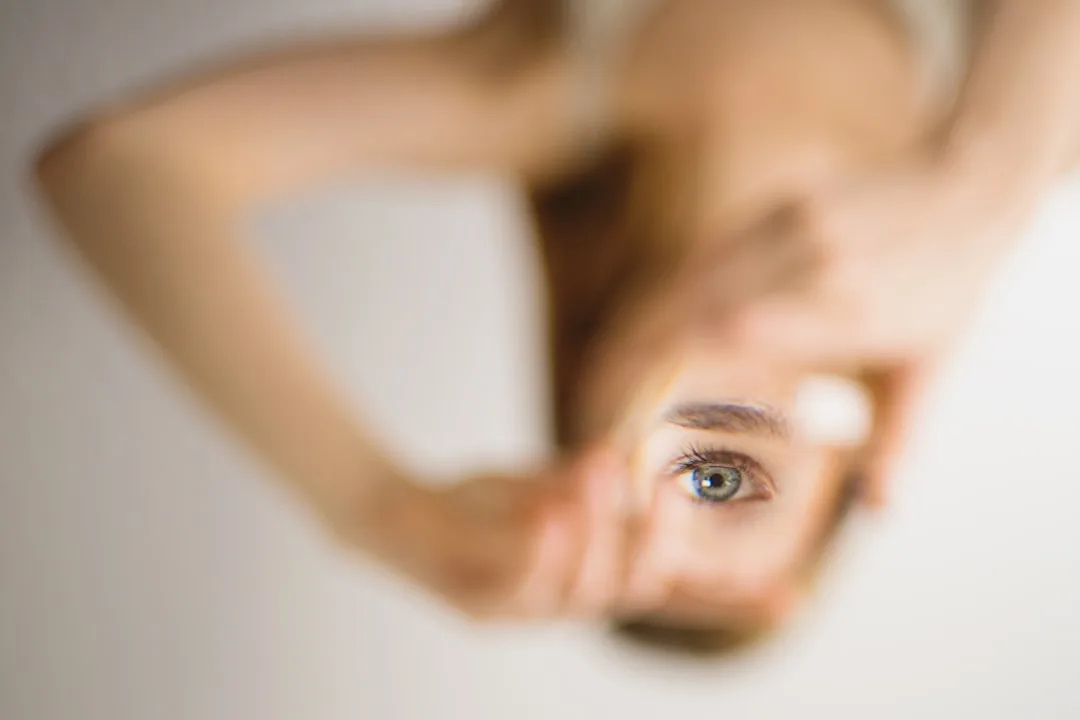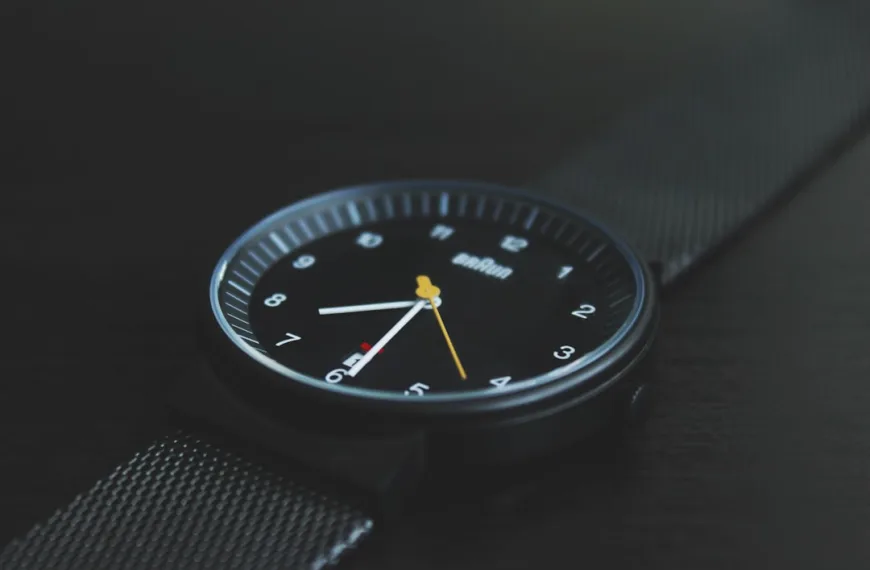Color is an integral part of our lives. It surrounds us everywhere we go, from the vibrant hues of nature to the carefully chosen shades in our homes and workplaces. But have you ever stopped to consider the impact that color has on our emotions, behavior, and overall well-being? This is where the psychology of color comes into play.
The psychology of color is a fascinating field that explores how different colors can affect our thoughts, feelings, and actions. It delves into the way our brains perceive and interpret color, as well as the cultural and personal associations we have with certain hues. By understanding the psychology of color, we can harness its power to create positive environments, influence consumer behavior, and even improve our mental health.
Key Takeaways
- Understanding the psychology of color is important in our daily lives.
- Different colors affect our mood and trigger our memory.
- Color has cultural significance and influences consumer behavior.
- Color therapy can improve mental health and enhance communication.
- It is important to understand the power of pigments in our lives.
The Science Behind the Psychology of Color: How It Affects Our Brain
Color perception is a complex process that involves both our eyes and our brain. When light enters our eyes, it is absorbed by specialized cells called cones, which are responsible for detecting different wavelengths of light. These cones then send signals to the brain, where they are processed and interpreted as specific colors.
The impact of color on our emotions and behavior is well-documented. Studies have shown that certain colors can evoke specific emotional responses. For example, warm colors like red and orange are often associated with feelings of excitement and energy, while cool colors like blue and green are more calming and soothing.
Different theories have been proposed to explain the psychology of color. One popular theory is the concept of color symbolism, which suggests that certain colors have inherent meanings or associations. For example, red is often associated with passion and love, while yellow is associated with happiness and optimism.
The Role of Color in Our Daily Lives: From Fashion to Interior Design
Color plays a crucial role in various aspects of our daily lives, including fashion and interior design. In fashion, color is used to convey different moods and styles. For example, bright and bold colors are often associated with a sense of confidence and individuality, while neutral tones can create a more sophisticated and timeless look.
In interior design, color is used to create specific atmospheres and evoke certain emotions. For instance, warm colors like red and orange can make a space feel cozy and inviting, while cool colors like blue and green can create a sense of calm and tranquility. The careful selection of colors in our surroundings can greatly impact our mood and productivity.
Color is also used in various industries to convey specific messages and attract attention. For example, the use of vibrant colors in advertising can capture the viewer’s attention and create a sense of excitement or urgency. Similarly, the color choices in packaging can influence consumer perception and purchasing decisions.
The Impact of Color on Our Emotions: How Different Colors Affect Our Mood
| Color | Emotions/Mood | Effects |
|---|---|---|
| Red | Passion, Anger, Love, Energy | Increases heart rate, stimulates appetite, creates urgency |
| Blue | Calmness, Trust, Serenity, Intelligence | Decreases heart rate, lowers blood pressure, promotes relaxation |
| Green | Harmony, Balance, Growth, Nature | Relieves stress, promotes healing, enhances creativity |
| Yellow | Happiness, Optimism, Warmth, Energy | Stimulates mental activity, increases metabolism, promotes communication |
| Purple | Royalty, Luxury, Creativity, Spirituality | Calms nerves, enhances problem-solving skills, stimulates imagination |
| Orange | Enthusiasm, Excitement, Warmth, Fun | Increases energy levels, stimulates appetite, promotes socialization |
| Black | Mystery, Elegance, Power, Sophistication | Creates a sense of depth, enhances other colors, conveys authority |
| White | Purity, Innocence, Simplicity, Cleanliness | Creates a sense of space, promotes clarity, enhances other colors |
Different colors have been found to evoke different emotional responses in individuals. Here are some common associations:
– Red: Often associated with passion, love, and energy. It can also evoke feelings of anger or danger.
– Blue: Often associated with calmness, tranquility, and trust. It can also be seen as cold or sad.
– Yellow: Often associated with happiness, optimism, and warmth. It can also be seen as overly bright or attention-seeking.
– Green: Often associated with nature, growth, and harmony. It can also be seen as envy or inexperience.
– Purple: Often associated with royalty, luxury, and creativity. It can also be seen as mysterious or artificial.
– Orange: Often associated with enthusiasm, creativity, and warmth. It can also be seen as loud or overwhelming.
– Pink: Often associated with femininity, sweetness, and romance. It can also be seen as childish or weak.
– Black: Often associated with power, elegance, and mystery. It can also be seen as depressing or negative.
– White: Often associated with purity, innocence, and simplicity. It can also be seen as sterile or cold.
These associations can vary depending on cultural and personal experiences. For example, in Western cultures, white is often associated with weddings and purity, while in some Eastern cultures, it is associated with mourning.
The Connection Between Color and Memory: How Color Triggers Our Memory
Color has a powerful impact on our memory and recall. Research has shown that color can enhance memory retention and improve our ability to recall information. This phenomenon is known as the “color effect.”
When we see a color, it triggers certain associations and memories in our brain. For example, the color red may remind us of a stop sign or a firetruck. These associations help us remember information more effectively.
Advertisers and marketers have long recognized the power of color in triggering memory. They use color strategically in branding and advertising to create strong associations with their products or services. For example, the use of specific colors in logos or packaging can help consumers remember a brand more easily.
The Cultural Significance of Color: How Color Influences Different Cultures

Color holds different meanings and associations across different cultures. In some cultures, certain colors are considered lucky or sacred, while in others they may be associated with negative connotations.
For example, in Western cultures, white is often associated with purity and innocence, while in some Eastern cultures it is associated with death and mourning. Similarly, red is often seen as a symbol of luck and prosperity in Chinese culture, while in Western cultures it is associated with passion and love.
Color is also used in different cultural practices and traditions to convey specific messages or symbolism. For example, the use of specific colors in traditional clothing or religious ceremonies can communicate social status or spiritual significance.
The Power of Color in Marketing: How Color Affects Consumer Behavior
Color plays a crucial role in marketing and advertising. It has the power to influence consumer behavior and decision-making. Marketers use color strategically to create a desired response from their target audience.
Different colors evoke different emotions and associations, which can influence consumer perception and purchasing decisions. For example, the use of warm colors like red and orange can create a sense of urgency or excitement, prompting consumers to take immediate action. On the other hand, cool colors like blue and green can create a sense of trust and reliability, making consumers more likely to choose a particular brand.
Color is also used in branding and packaging to create strong associations with a particular product or service. For example, the use of specific colors in logos or packaging can help consumers recognize a brand more easily and differentiate it from competitors.
The Use of Color in Therapy: How Color Therapy Can Improve Mental Health
Color therapy, also known as chromotherapy, is a form of alternative therapy that uses color to promote healing and improve mental health. It is based on the belief that different colors have different vibrations and energies that can affect our physical, emotional, and spiritual well-being.
Color therapy is used in various therapeutic practices, including art therapy, light therapy, and color meditation. It is believed to have a calming and balancing effect on the mind and body.
For example, blue is often used in color therapy to promote relaxation and reduce anxiety. Yellow is used to stimulate creativity and boost mood. Green is used to promote balance and harmony. Different colors are used depending on the specific needs of the individual.
The Role of Color in Communication: How Color Can Enhance Communication
Color plays a vital role in communication, particularly in art and design. It has the power to enhance our understanding and interpretation of visual information.
In art, color is used to convey emotions, moods, and messages. Artists use color strategically to create a desired response from the viewer. For example, warm colors like red and orange may be used to evoke feelings of passion or energy, while cool colors like blue and green may be used to create a sense of calm or tranquility.
In design, color is used to communicate information and create visual hierarchy. For example, different colors may be used to differentiate between important and less important elements on a webpage or in a presentation. Color can also be used to create contrast and draw attention to specific areas.
The Importance of Understanding the Psychology of Color in Our Lives
Color is a powerful force that impacts our emotions, behavior, and overall well-being. By understanding the psychology of color, we can harness its power to create positive environments, influence consumer behavior, and improve our mental health.
Whether it’s the colors we choose to wear, the colors we surround ourselves with in our homes and workplaces, or the colors we encounter in advertising and branding, it’s important to pay attention to how they make us feel and how they affect our thoughts and actions.
So next time you see a vibrant red dress or step into a calming blue room, take a moment to consider the psychology of color and how it is shaping your experience. By being mindful of the power of pigments, we can create a more colorful and fulfilling life.
If you’re interested in exploring the impact of stress on mental and physical health, you might find this article on “The Impact of Stress on Mental and Physical Health: Understanding, Managing, and Overcoming” informative. It delves into the various ways stress can affect our well-being and provides strategies for effectively managing and overcoming it. Check it out here.
FAQs
What is the psychology of color?
The psychology of color is the study of how colors affect human behavior, emotions, and moods. It explores the impact of different colors on our thoughts, feelings, and actions.
How do colors affect our moods?
Colors can affect our moods in different ways. For example, warm colors like red, orange, and yellow can evoke feelings of excitement, energy, and warmth, while cool colors like blue, green, and purple can create a sense of calmness, relaxation, and tranquility.
What are some common associations with different colors?
Different colors are often associated with different emotions and meanings. For example, red is often associated with passion, love, and energy, while blue is associated with calmness, trust, and stability. Yellow is often associated with happiness, optimism, and warmth, while green is associated with growth, nature, and balance.
Can colors affect our behavior?
Yes, colors can affect our behavior in different ways. For example, studies have shown that the color red can increase our heart rate and blood pressure, while blue can have a calming effect and reduce stress. Colors can also influence our decision-making, perception, and memory.
How can businesses use the psychology of color to their advantage?
Businesses can use the psychology of color to create a certain mood or feeling in their customers. For example, restaurants may use warm colors like red and orange to stimulate appetite and create a sense of excitement, while hospitals may use cool colors like blue and green to create a calming and soothing environment. Colors can also be used in branding and marketing to create a certain image or identity for a company.







